In recent years, the movement toward sustainability has influenced many aspects of our daily lives, including the products we use in our homes. One such product that has gained popularity is the non-electric bidet toilet, specifically those designed for a 12-inch rough-in. These bidet toilets offer an eco-friendly and cost-efficient alternative to traditional toilets, without the need for electricity or batteries, and can fit seamlessly into almost any bathroom. By opting for these environmentally conscious solutions, homeowners can reduce water waste, minimize reliance on toilet paper, and contribute to a greener planet.
What is a 12-Inch Rough-In Bidet Toilet?

The term "rough-in" refers to the distance between the wall and the center of the toilet’s flange (the pipe that connects the toilet to the floor). The 12-inch rough-in is the standard measurement for most bathrooms, making toilets with this specification easy to install in typical home layouts.
A bidet toilet is a fixture designed to wash the user with a stream of water, offering a more hygienic alternative to toilet paper. Non-electric bidet toilets, as the name implies, do not require electricity to function, making them more energy-efficient and straightforward to use. They typically feature a manual lever or knob that controls the water pressure and direction, providing a simple yet effective way to clean oneself.
The Environmental Impact of Non-Electric Bidet Toilets
The environmental benefits of non-electric bidet toilets are profound, making them a green choice for those looking to reduce their ecological footprint. One of the primary advantages of using a bidet toilet is the significant reduction in toilet paper usage. According to reports, Americans alone use approximately 34 million rolls of toilet paper each day, contributing to deforestation, water waste, and the use of harmful chemicals in paper production. By switching to a bidet, homeowners can drastically cut down on their toilet paper consumption, resulting in fewer trees being cut down and less water used in the paper manufacturing process.

Additionally, non-electric bidets do not require any electricity to operate. Unlike their electric counterparts, which may offer additional features like heated seats or warm water options, these bidets are powered solely by water pressure. This eliminates the need for electricity, reducing both the home's energy consumption and the overall environmental impact. In areas where electricity costs are high or where frequent power outages occur, a non-electric bidet is not only more sustainable but also more practical.
Water Conservation with Bidet Toilets
It may seem counterintuitive to think that using water to clean oneself with a bidet is more eco-friendly than using toilet paper. However, the production of toilet paper requires large amounts of water—up to 37 gallons of water per roll. On the other hand, a typical bidet uses only about 1/8th of a gallon of water per use. When compared over time, the water savings from using a bidet toilet are substantial, particularly in households with multiple members.
Bidet toilets also help reduce strain on sewage systems. Excessive toilet paper can clog pipes and contribute to sewage overflows, especially in older plumbing systems. By reducing toilet paper usage, households can lessen the likelihood of plumbing issues and the need for costly repairs.
Health and Hygiene Benefits

The benefits of a non-electric bidet toilet extend beyond environmental impact—they also promote better personal hygiene. Toilet paper can sometimes be abrasive and ineffective at thoroughly cleaning, especially for individuals with sensitive skin or conditions such as hemorrhoids. A bidet provides a gentle yet effective cleaning process, which can improve comfort and reduce irritation. For the elderly or those with mobility issues, a bidet can also offer greater ease of use, allowing for improved independence in maintaining personal hygiene.
Non-electric bidets are also more hygienic from a maintenance perspective. Without the need for electrical components, there are fewer parts that can break down or become unsanitary over time. Cleaning and maintaining a non-electric bidet is simple, typically requiring only periodic wiping and an occasional check of the water pressure valves to ensure proper functioning.
Cost Savings Over Time
While the initial cost of installing a bidet toilet may be higher than that of a traditional toilet, the long-term savings make it a worthwhile investment. One of the most immediate savings comes from the reduced need for toilet paper. For a family of four, the savings on toilet paper alone can add up to hundreds of dollars per year. Over the lifetime of the bidet, these savings can far exceed the initial installation costs.
In addition to saving money on toilet paper, homeowners can also reduce their water bills by installing a bidet. As mentioned earlier, bidet toilets use significantly less water than the manufacturing process for toilet paper. Furthermore, fewer plumbing issues related to clogged toilets can result in fewer expenses for professional repairs or replacements.
Easy Installation and Compatibility
One of the key advantages of a 12-inch rough-in non-electric bidet toilet is its compatibility with most bathroom designs. As the standard rough-in size for toilets, it fits into the majority of homes without requiring extensive modifications to plumbing or bathroom layout. Installation is generally straightforward, and many homeowners with basic DIY skills can manage it themselves.
Additionally, non-electric bidets are available in a variety of styles and designs, ensuring that they can complement any bathroom aesthetic. Whether you're looking for a sleek, modern design or a more traditional appearance, there is a wide range of bidet toilets to suit different tastes and preferences.
Conclusion: A Greener Choice for Every Bathroom
In summary, the 12-inch rough-in non-electric bidet toilet offers an eco-friendly and practical solution for those looking to make their bathrooms more sustainable. By reducing toilet paper usage, conserving water, and eliminating the need for electricity, these bidets provide significant environmental benefits. At the same time, they enhance personal hygiene, offer cost savings, and fit easily into most bathroom layouts. As more homeowners prioritize sustainability, non-electric bidet toilets are an excellent choice for reducing ecological footprints while enjoying the comforts of modern convenience.

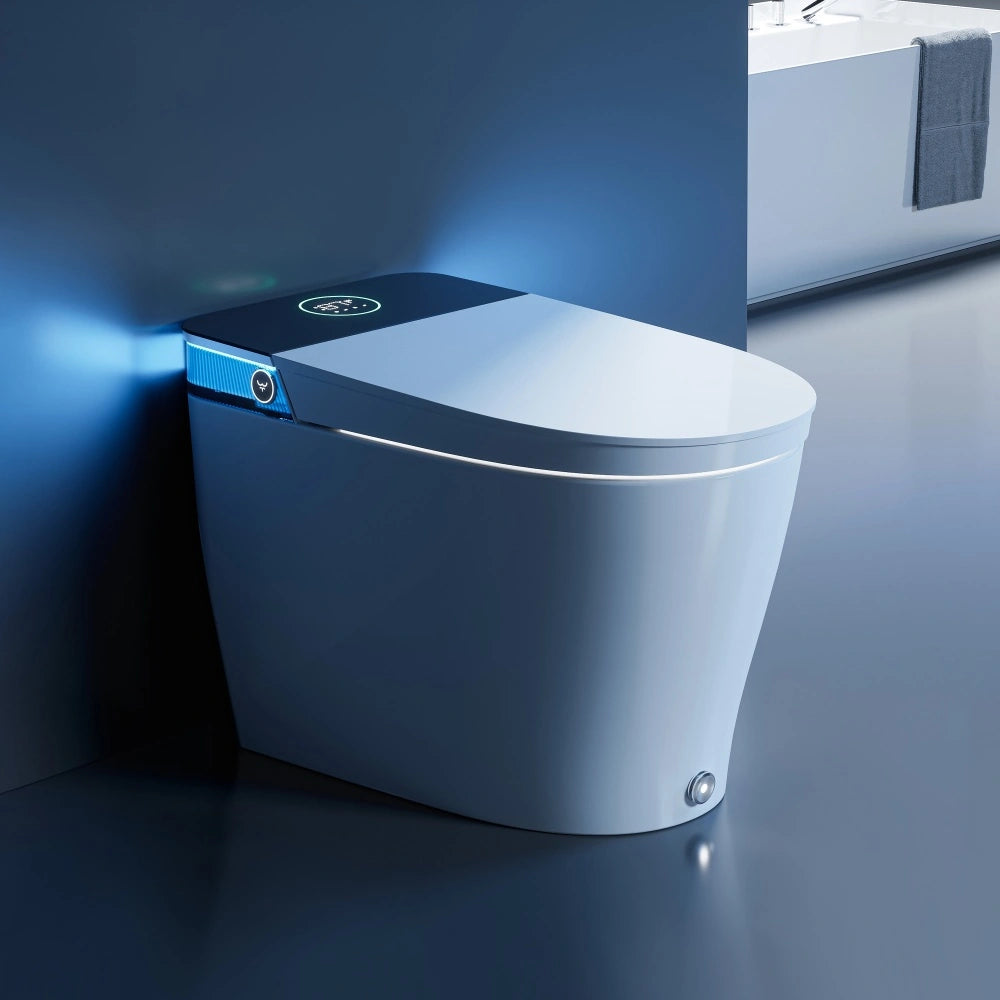
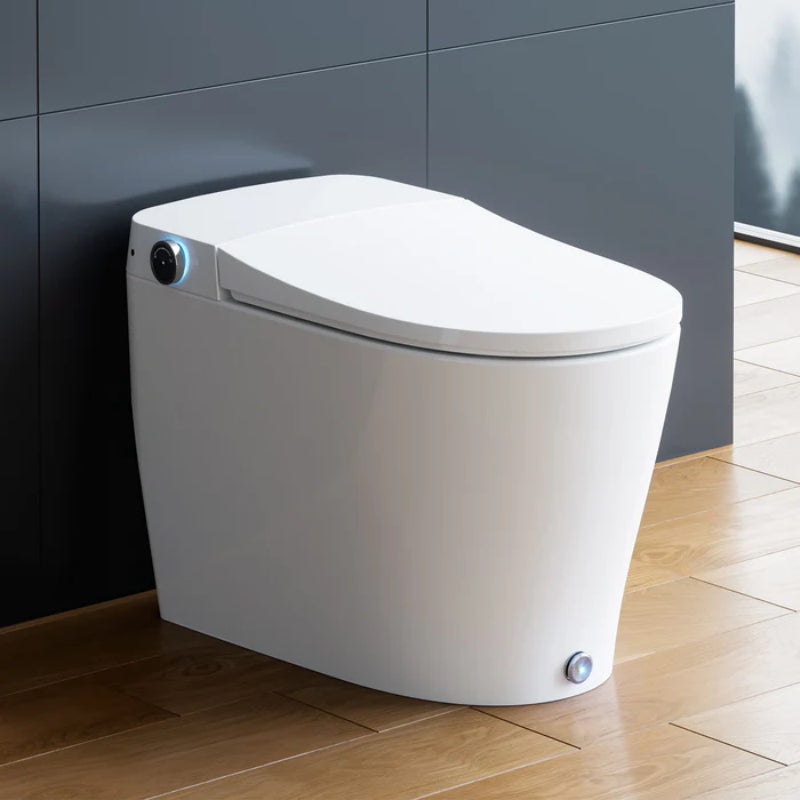
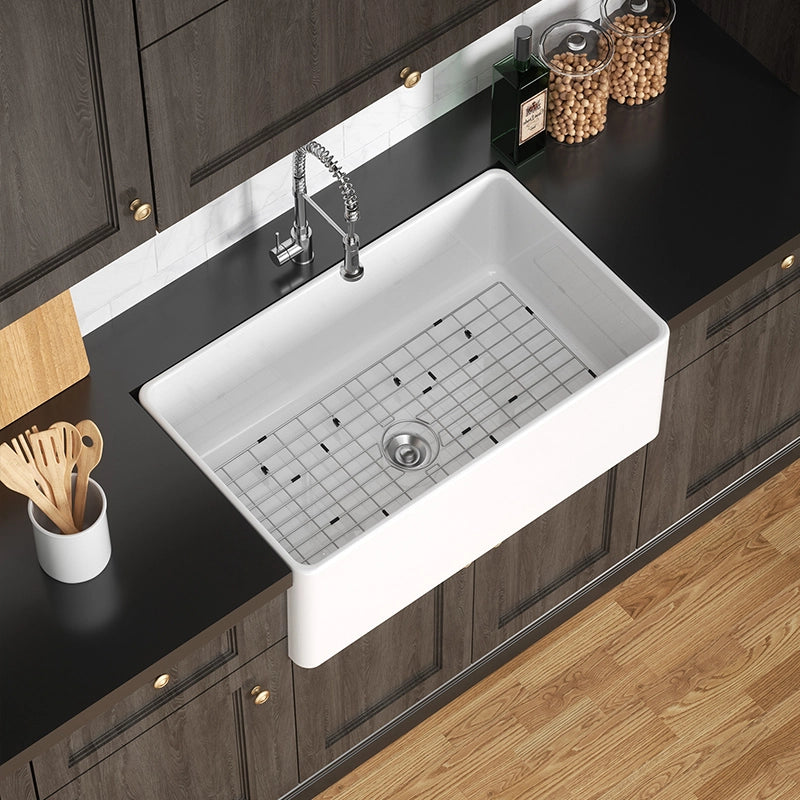
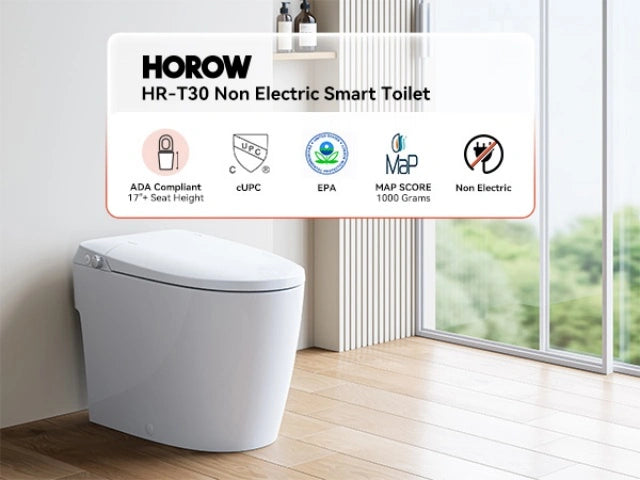
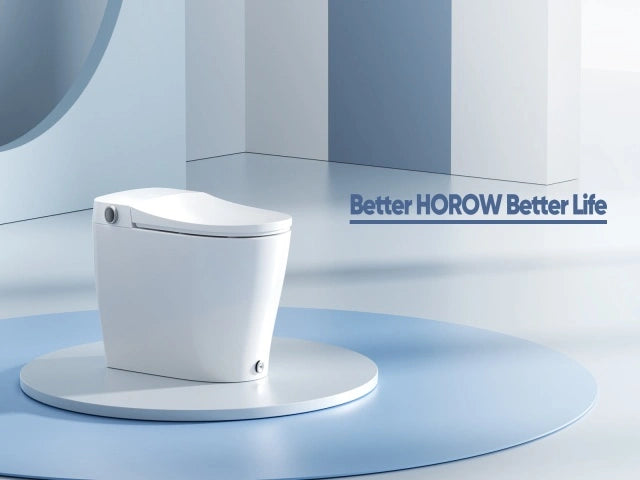
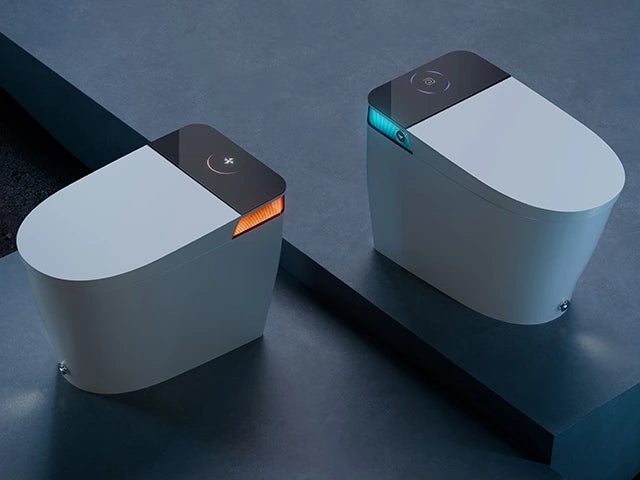

Leave a comment
This site is protected by hCaptcha and the hCaptcha Privacy Policy and Terms of Service apply.